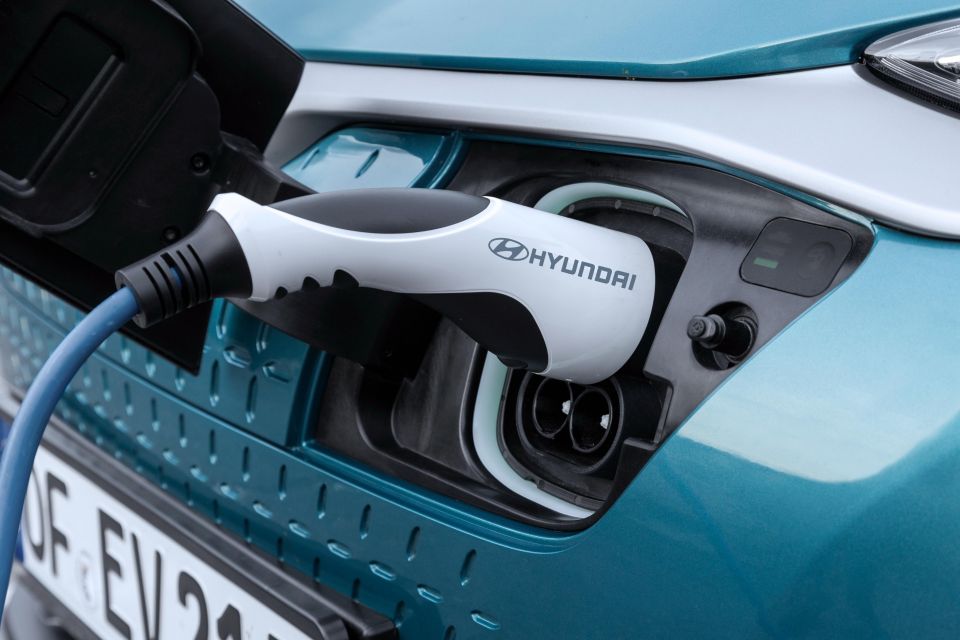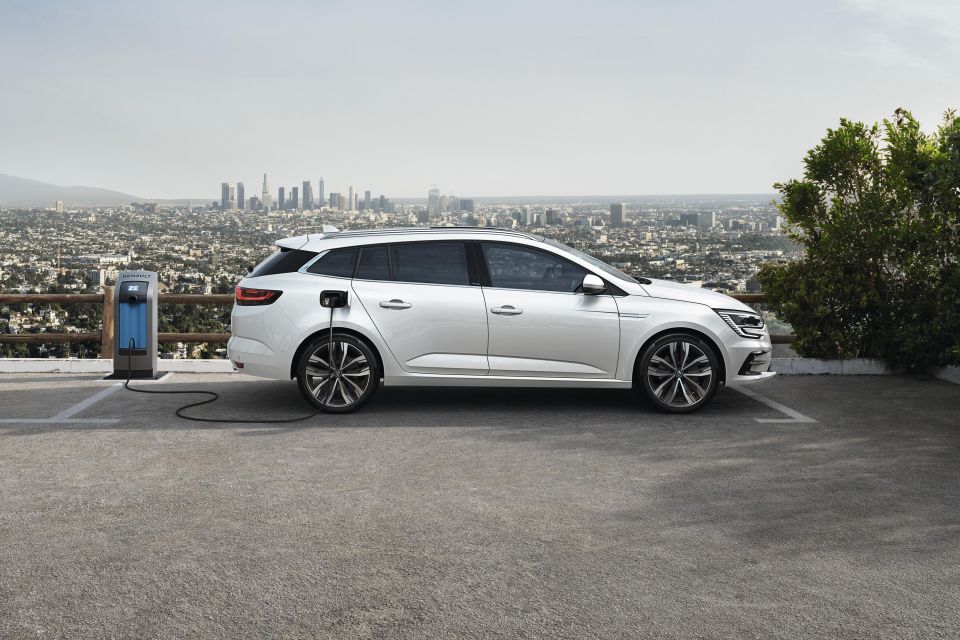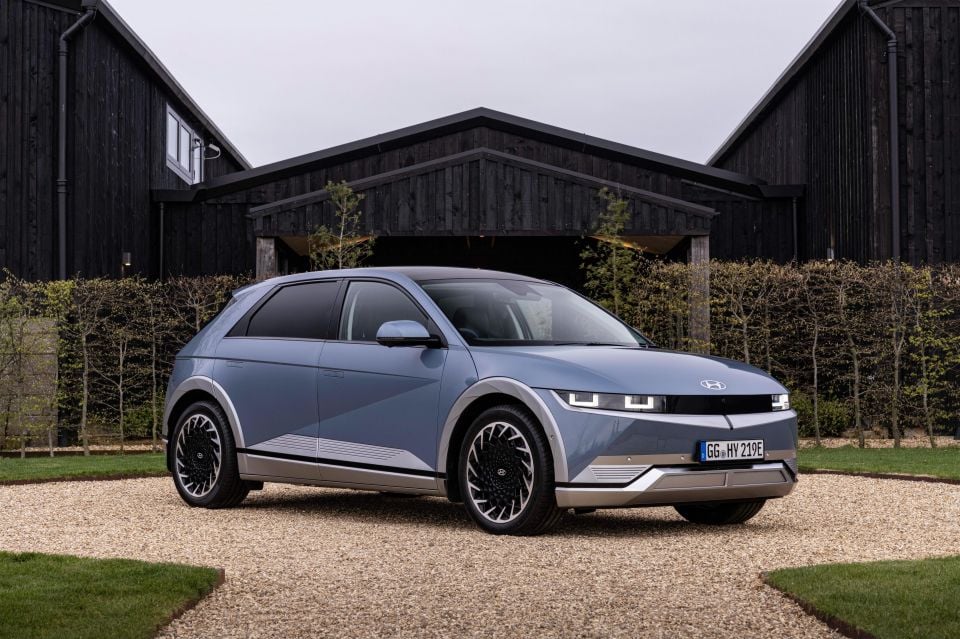

Matt Campbell
2025 Porsche 911 Carrera T review
5 Days Ago
The European Commission wants to cut new vehicle CO2 emissions to zero by 2035, effectively banning petrol, diesel and hybrid cars.

Journalist


Journalist
As part of sweeping proposals to combat climate change, the EU is looking to essentially ban the sale of new cars with petrol, diesel and hybrid drivetrains from 2035.
The European Commission is proposing a 55 per cent cut for new car CO2 emissions by 2030, and a 100 per cent cut by 2035.
Current targets only call for a 35 per cent reduction by 2030.

To help the uptake of cars with zero tailpipe emissions, the Commission wants member states to install public charging stations every 60km along major roads, and hydrogen fuel stations every 150km.
Earlier this year, the UK — which is no longer part of the EU — laid out a plan to ban petrol and diesel new car sales from 2030, although plug-in hybrids would still be permitted for a period of time.
Reports indicate automakers will push back against the European Commission’s proposals. Some countries, such as France, are also agitating for plug-in hybrids to be available for a little while longer.

The Commission’s petrol, diesel and hybrid new car ban is part of a 12-point proposal to reduce the bloc’s CO2 emissions by 55 per cent from 1990 levels by 2035.
As part of Paris climate accord, the EU has committed to achieving net zero carbon emissions by 2050 in a bid to keep global temperature rise to 2.0 degrees Celsius.
At present, the bloc’s CO2 output is around 24 per cent lower than in 1990. With time running out to hit its 2035 and 2050 targets, the EU wants to step up the speed of its CO2 cuts.
“We’re not just faced with an industrial revolution, we’re also faced with an existential threat, which is the climate crisis,” Frans Timmermans, the Commission executive vice president in charge of the European Green Deal, said at a press conference.
“You don’t have the luxury to say, ‘Let’s very smoothly develop toward this change.’ We have to do it quite radically.”


Other proposals in the sweeping climate package include taxes on aviation fuel, increased renewable energy targets, a carbon border tax, and measures to encourage building renovation to make them more energy efficient.
The measures need to be approved by all 27 member states and passed by the European parliament before it becomes law across the EU.
Cover image: European flag by Instituto Gallaecia via Flickr (Public Domain licence)
Derek Fung would love to tell you about his multiple degrees, but he's too busy writing up some news right now. In his spare time Derek loves chasing automotive rabbits down the hole. Based in New York, New York, Derek loves to travel and is very much a window not an aisle person.


Matt Campbell
5 Days Ago


James Wong
4 Days Ago


Max Davies
3 Days Ago


Josh Nevett
2 Days Ago


Josh Nevett
1 Day Ago


William Stopford
13 Hours Ago